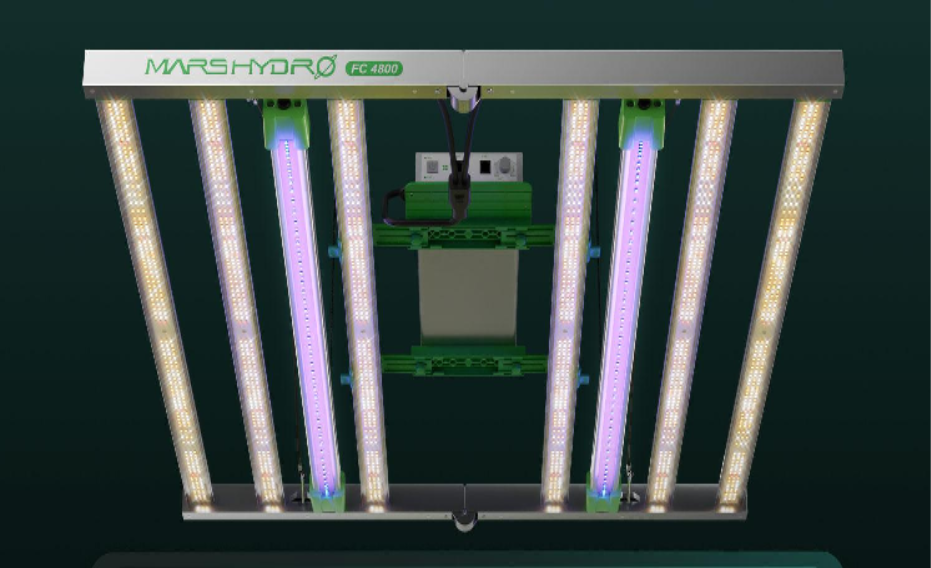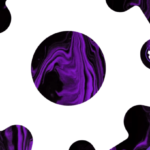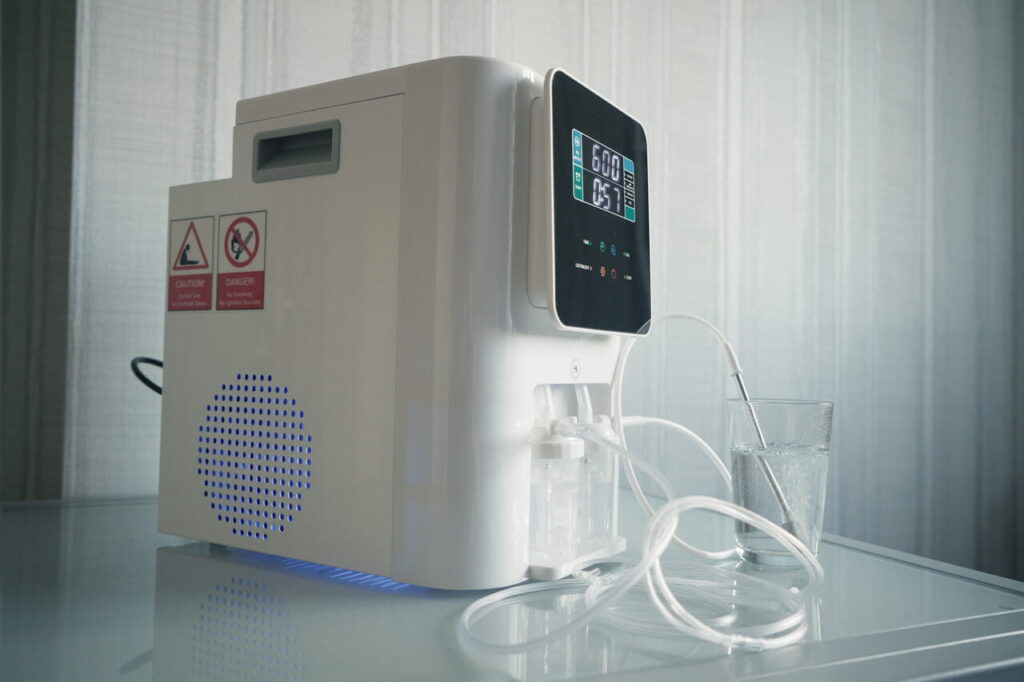Are you ready to transform your indoor garden into a thriving green oasis? The secret lies in harnessing the power of supplemental lights. These specialized lights, including UV (ultraviolet), IR (infrared), red, and blue lights, can elevate your plants’ growth and health to new heights. Let’s delve into how these lights can unlock your plants’ true potential.
The Magic of Supplemental Lights
Supplemental grow lights are like the secret ingredients in a master chef’s recipe, enhancing the overall effect of your primary grow lights. Here’s a breakdown of the different types of supplemental lights and their unique benefits:
- UV Light: UV light, particularly UV-B, stimulates the production of secondary metabolites like flavonoids and terpenoids. These compounds bolster plant defense mechanisms and enhance nutritional value, providing a boost beyond yield.
- IR Light: Especially far-red, affects growth patterns, promoting taller and more vigorous plants. It also accelerates the transition from vegetative to flowering stages, potentially allowing for more frequent harvests.
- Red Light: Crucial for flowering and fruiting stages, red light stimulates flowering and encourages fruit production. It drives photosynthesis efficiently, converting light energy into chemical energy and boosting plant growth.
- Blue Light: Essential during the vegetative stage, blue light promotes strong leaves and stems, aiding in chlorophyll production. It ensures even light distribution through phototropism, leading to bushier and more compact plants.
Unlocking the Benefits
Optimized Growth and Development
Supplemental lights provide a tailored light spectrum, ensuring your plants receive the precise wavelengths needed for each growth stage. This customized approach leads to healthier, more resilient plants with vigorous growth.
Bumper Harvests
Red and blue lights can significantly boost your plants’ yields. Red light enhances flowering and fruit production, while blue light supports robust vegetative growth. Together, they create an ideal environment for bountiful harvests.
Enhanced Plant Health
UV light strengthens plants’ natural defense mechanisms, increasing resistance to pests and diseases. This fosters a more natural and organic gardening approach, reducing the need for chemical interventions.
Superior Nutrient Uptake
Proper lighting enhances nutrient absorption, leading to stronger and more productive plants. This is especially beneficial for plants grown in suboptimal soil conditions, ensuring they thrive despite challenges.
Mastering the Use of Supplemental Lights
Selecting the Perfect Lights
Choose supplemental lights that cater to your plant’s specific needs. Research the optimal wavelengths for your plant species and select lights accordingly. For example, leafy greens benefit more from blue light, while flowering plants thrive under red and far-red light.
Strategic Placement and Timing
Positioning and timing are crucial for maximizing the benefits of supplemental lights. Ensure lights are at the right distance to prevent light burn and achieve even coverage. Use timers to replicate natural light cycles, adjusting duration and intensity based on your plants’ growth stages.
Continuous Monitoring and Tweaking
Indoor gardening is a dynamic process. Regularly monitor your plants’ responses to the supplemental lights and make necessary adjustments. Keep a journal of your observations to fine-tune your setup over time, ensuring your plants receive the best care.
Overcoming Common Challenges
Avoiding Light Burn
Light burn is a common issue when plants receive too much light. Prevent this by positioning lights at appropriate distances and gradually increasing light intensity. This allows plants to adjust without damage.
Ensuring Even Light Distribution
Uneven lighting can lead to inconsistent growth. Address this by using reflectors or diffusers to spread light evenly. Rotate plants periodically to ensure all sides receive adequate light.
Conclusion
Unlock the full potential of your indoor garden with supplemental lights. By incorporating UV, IR, red, and blue lights into your setup, you create a balanced and effective lighting environment that caters to your plants’ unique needs. Embrace the magic of supplemental lights and watch your indoor garden thrive like never before.






